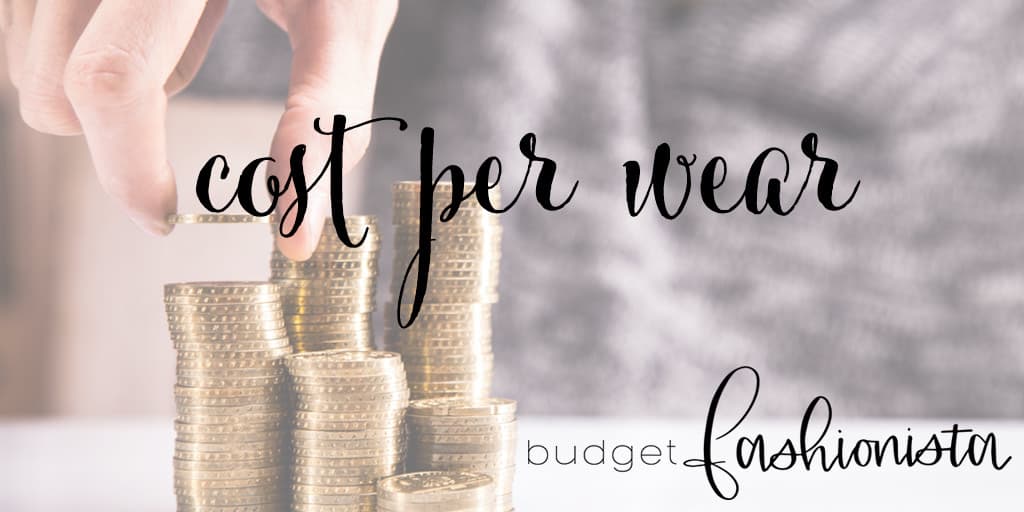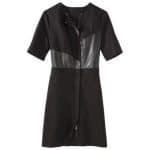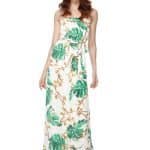How to Maximize Your Clothing Budget
This cost per wear post was initially published in 2010. We’ve updated it to share with our newer readers.

My dad buys cans of olives at Costco. He feels that Costco’s price per olive is too good of a deal to pass up, although it takes him some time to work through those olives. Maybe so. But in my home, I have limited pantry space and I hate dropping $200 at Costco or Sam’s to come home with just five (gigantic) things.
We all have our own means of assessing value. Of course we consider what we get back for the invest, but occasionally we may focus on the price tag and, other times, we are tuned in to the cost per cent — err, I mean, unit.
And then there are the clothing purchases when we totally misjudge value. Those striped. Or that tee TJMaxx for $8 — such a deal! I adored those purchasesup until I realized neither piece works with anything in my closet. Ughh.
How to Make Value-Oriented Clothing Purchases
Not all bargains are created equal. Some are spending cubes in disguise. There’s an answer though. Some simple math can help you estimate the cost per wear of a product, which provides you a sense of its general value.

Price Per Wear Ratio
Total cost of the product / estimated times you’ll wear this item = the price per wear
By way of example, if you spend $500 on a great winter jacket, wear it for approximately 100-150 times per year over the next five decades, it is going to cost you about $.67 to some $1.00 every time you wear the coat. The longer you wear the coat, the lower your cost per wear.
On the flip side, the cool top you bought for $20 in your regional Old Navy, that you wear just three days before throwing it out, costs you about $6.50 each time you wear it, which makes it almost six times as expensive as the jacket.
Cost/Wear Pitfalls
Shopping can be an emotional thing — so it’s easy to fool ourselves. Like those fuzzy earmuffs I purchased for $10 on sale. I never wore them. Not even once. Surely the world did not finish because I made a purchase decision, but if you’re watching your pennies it is helpful to restrict these missteps. Knowing the pitfalls of cost per wear shopping can help.
Do think about the coordinating pieces you already have. Will you have to get a pair of sneakers or other accessory to make full use of the new garment?
Do insert in the price of any tailoring. The all-in cost of an item includes transport, taxes, tailoring, etc..
Do believe the seasons. Have a system for fixing off-season clothes when the weather changes, especially if you store end-of-season sales. After a long summer, it simple to forget about the fab coat you bought as winter ended.
Do maintain your closet organized. Sorry for sounding all of lecture-y with this one. It’s only from personal experience. When my bits are organized, I’m far less likely to have these”nothing to wear” moments. The longer I rely on what in my cupboard, the reduced cost per cent in general.
Do concentrate on the classics. Ultra trendy pieces may have a brief lifespan. Classics like pencil skirts and blazers and tailored jeans are choices for the long haul.
What’s the moral of this shopping suggestion? When funding purchasing, low costs, value should be your attention. If it is actually worn by you A deal is a bargain.





It’s : The 3.1 Phillip Lim Collection for Goal